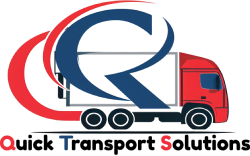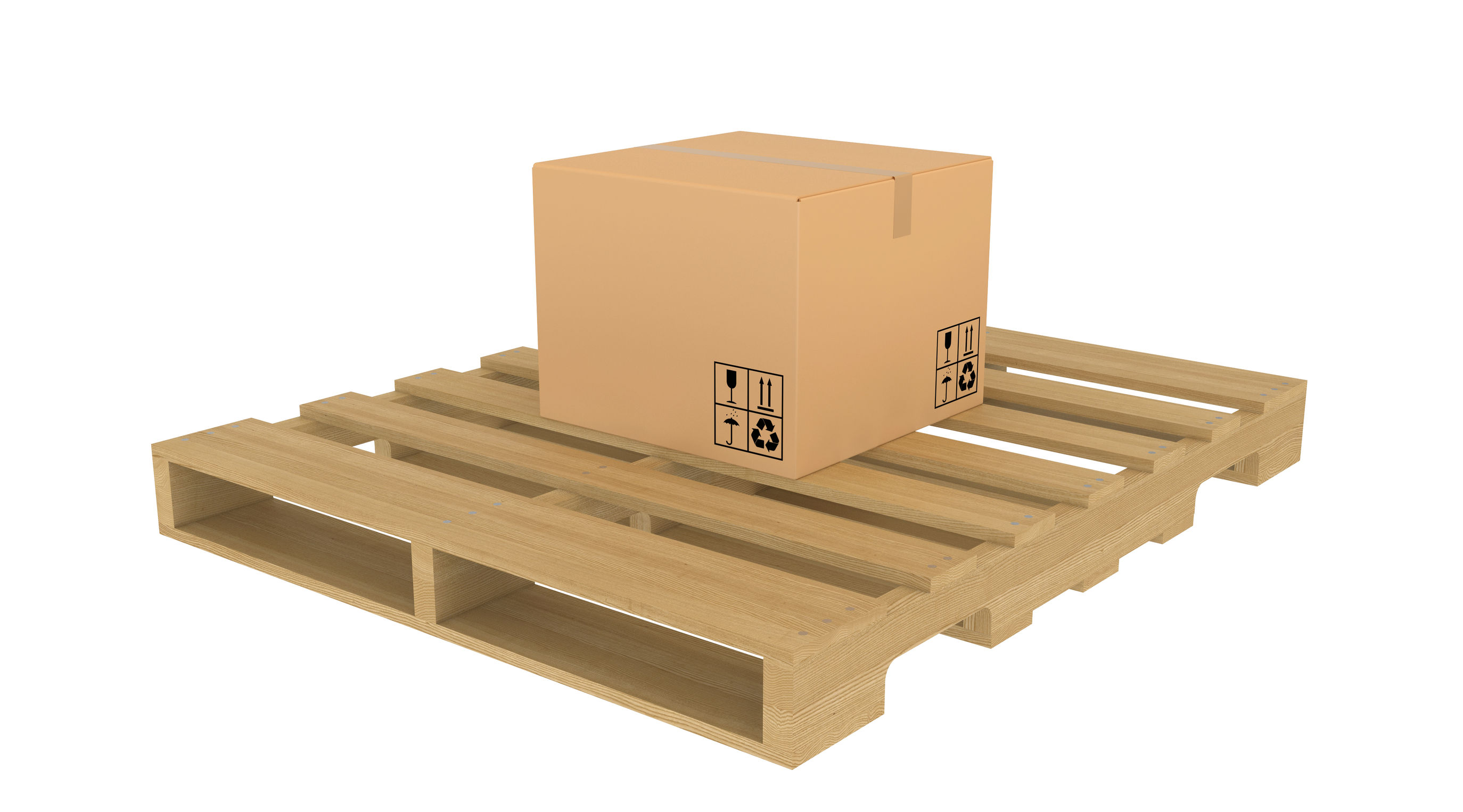To move heavy equipment safely, movers must consider the load’s center of gravity, as well as its weight. These two factors fall under the broader heading of load evaluation; in addition to the center of gravity and the load’s weight, its stability, balance and nature must be evaluated before it is moved. Below is a brief explanation of the factors that go into the safe Industrial equipment of transport services.
Load Weight
It’s not safe, nor is it acceptable to guess a load’s weight. In order of accuracy and ease, the various ways to establish a load’s weight are listed below.
- Evaluate the load, searching for any markings indicating its weight. If markings are found, ensure that they apply to the entire load and not just part of it.
- Check supporting documentation such as the bill of lading, shipping papers or manifests for the load’s weight.
- Call the manufacturer or supplier and ask for certified documentation of the load’s weight.
- Use truck scales to weigh the load while it’s still on the carrier.
Center of Gravity
The stability and balance of a heavy load depend on its center of gravity relative to attachment points. Loads should remain level when they’re clear of the carrier or the ground, and that can only occur when the hoisting equipment is situated above the center of gravity.
Stability is a load’s tendency to rotate around the center of gravity. Before departure, the driver should inspect his load to estimate the center of gravity’s height above the base. Small-base, high-center of gravity loads, require little force for destabilization, and that force can come from braking, hoist acceleration or wind.
Load Type
A load’s nature is determined by the configuration of its surfaces and corners, as well as its temperature. If a load is hot or has sharp corners, chain slings may be required. If the load has delicate surfaces a synthetic fiber sling may be an appropriate choice.
By choosing a reliable company, customers can get the most reliable Industrial equipment of transport services.







